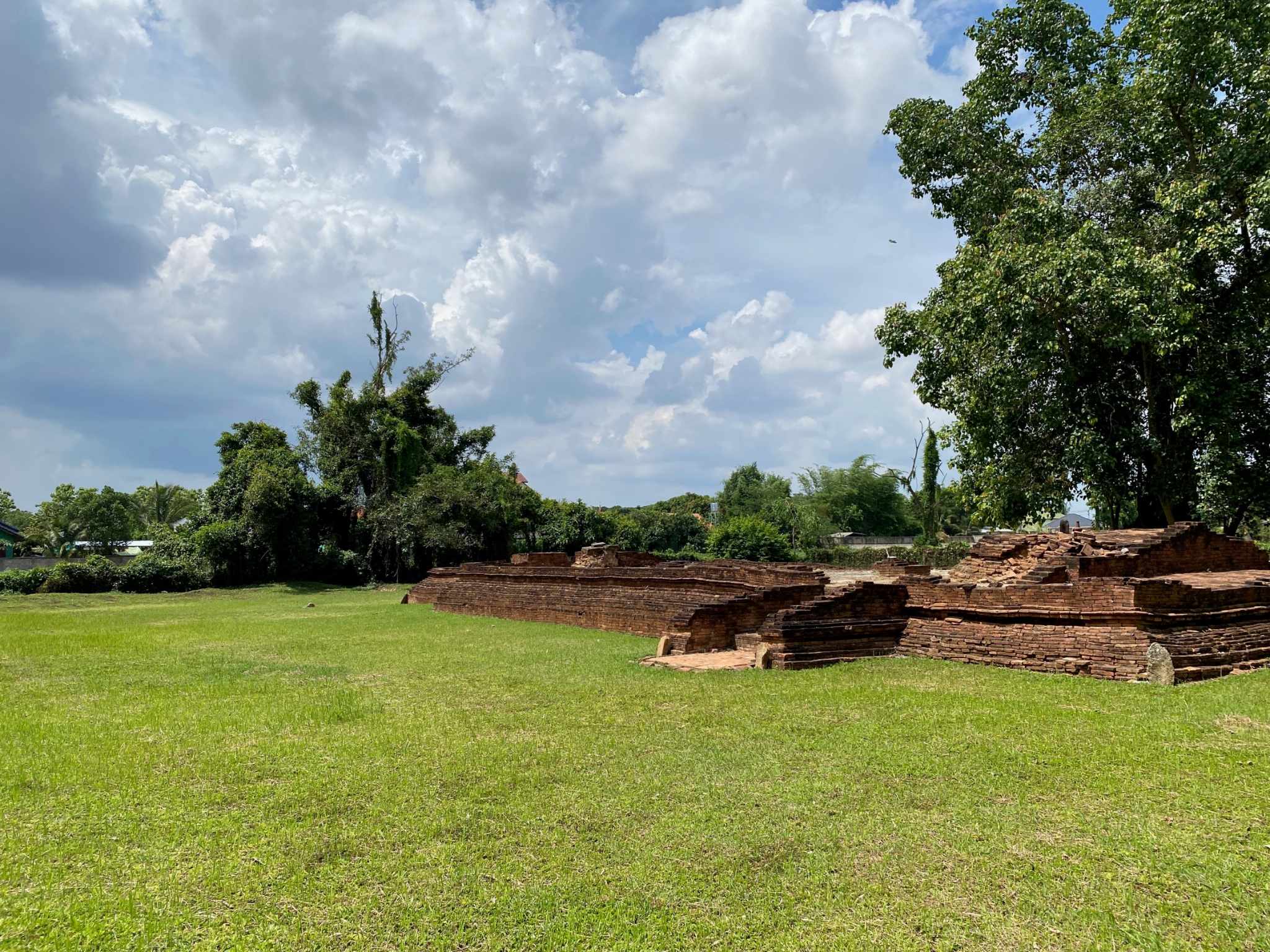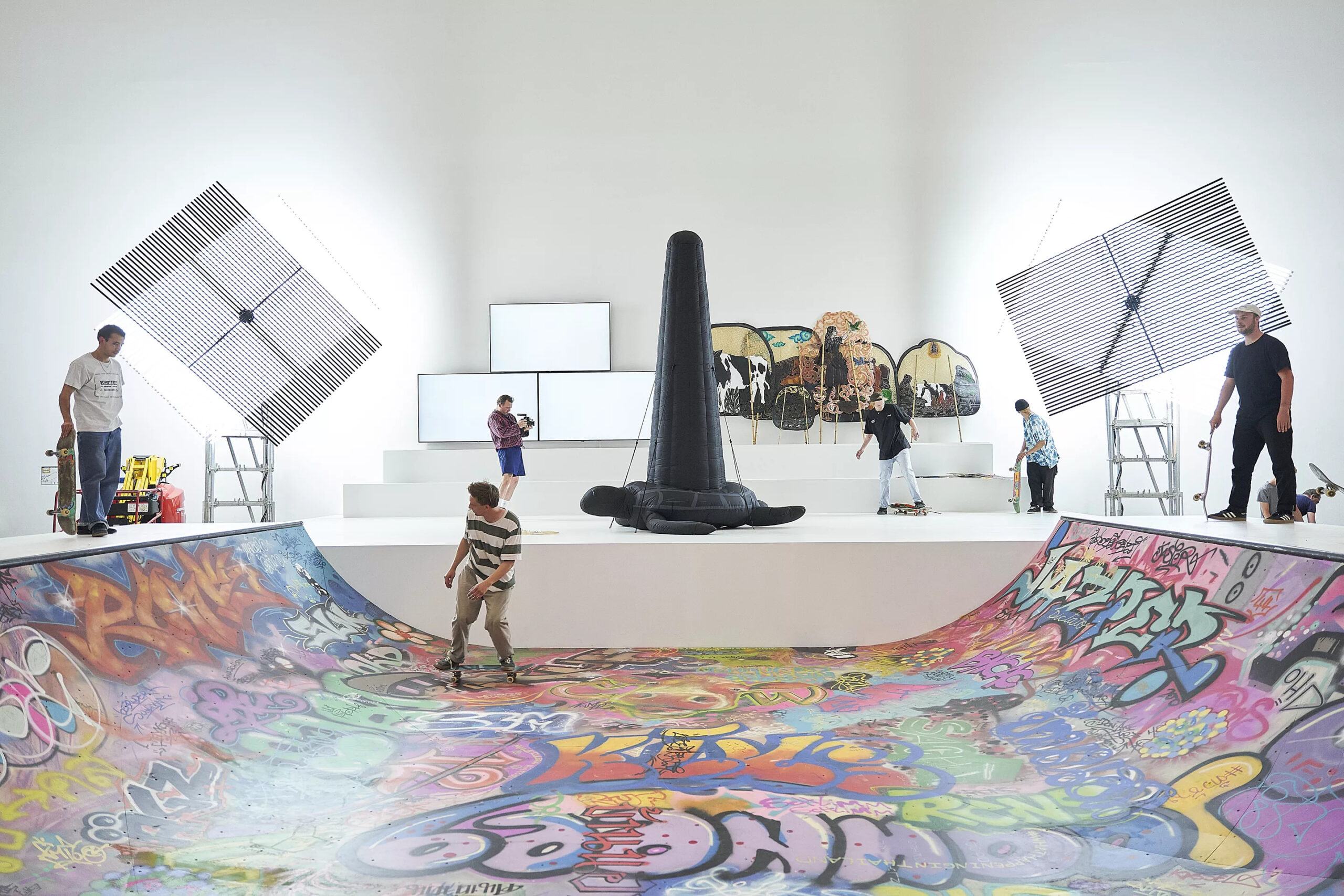Ancient Monument No. 16, Chiang Saen
Ancient Monument No. 16 (Chiang Saen city), also known as the Abandoned Temple No. 16, is an ancient temple in Chiang Saen, located within the walled city of Chiang Saem in Wiang District. It is presumed to have been built in the 22nd - 23rd centuries Buddhist Era (17th - 18th centuries CE). After the restoration and excavation by the Fine Arts Department in 2005, it was found that the temple plan consists of a rectangular Buddha image hall that is believed to face north based on the placement of the pulpit base. Later, this hall was converted into a ubosot (ordination hall) by placing stone boundary pillars around it. There is also a square-plan mandapa, of which only the base remains, but it is unique for its quadrangular structure, with 4 staircases protruding from each direction. This type of mandapa is the only one found in Chiang Saen. It is presumed that its form may have been influenced by Sukhothai art, because a quadrangular mandapa with Buddha images in 4 different postures is found at Wat Chetuphon, an ancient temple in Sukhothai which the construction year is unknown, but there is a written evidence of the temple since the 20th century BE (15th century CE).
____
Another important element is the base of the pagoda in a square plan on the east side of the ubosot. It is assumed that the missing upper part of the pagoda is probably shaped resembling an inverted bell. This is based on the consideration of other pagodas built at a similar time, such as the pagoda at Wat Phra Buat, which has a small inverted bell-shaped pagoda covering a pagoda with a castle-like top in the late 20th to early 21st centuries BE (late 15th to early 16th CE), or the pagoda at Wat Saen Mueang Ma (Chiang Saen), which is a bell-shaped pagoda on a high-stacked base. Bell-shaped pagodas were common in the golden age of Lanna in the late 20th century BE (late 15th CE), when Chiang Mai became the religious center instead of Hariphunchai.
____
In addition, Ancient Monument No. 16 also has damaged building bases of unknown form, a round well, a wall line, and damaged arch bases, which attest to the temple’s former prominence.
____
Artist: Baan Noorg Collaborative Arts and Culture
____
Sources:
https://archaeology.sac.or.th/archaeology/530
https://shorturl.asia/F3n1s
https://shorturl.asia/1B39X
https://bri.mcu.ac.th/lanna/?page_id=85
Report on the Survey and Registration of Ancient Monuments: Ancient Monument No. 16 (city), Wiang Subdistrict, Chiang Saen District, Chiang Rai, Chiang Mai: Fine Arts Office 8, Chiang Mai, 2009.


